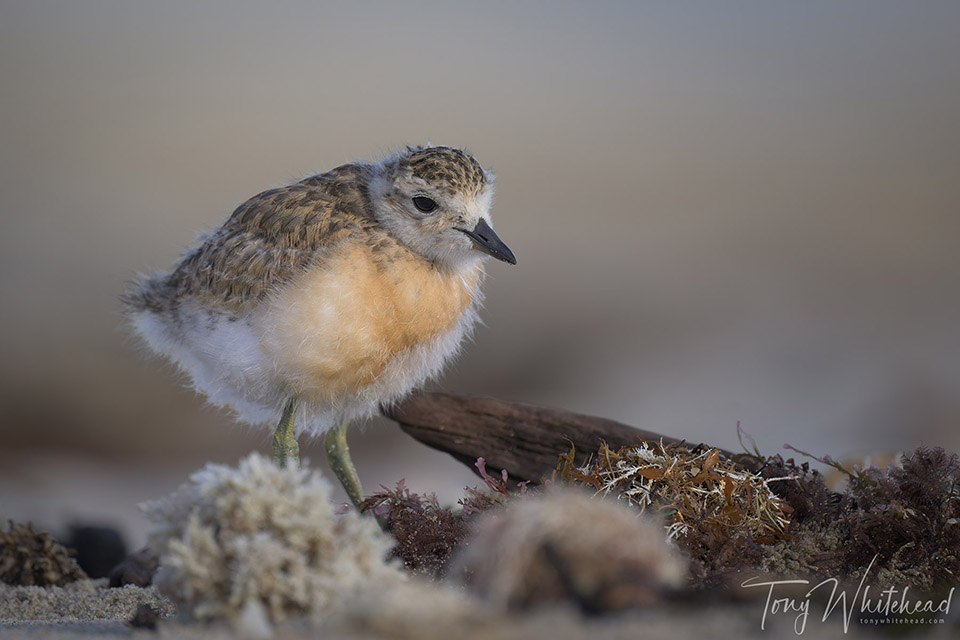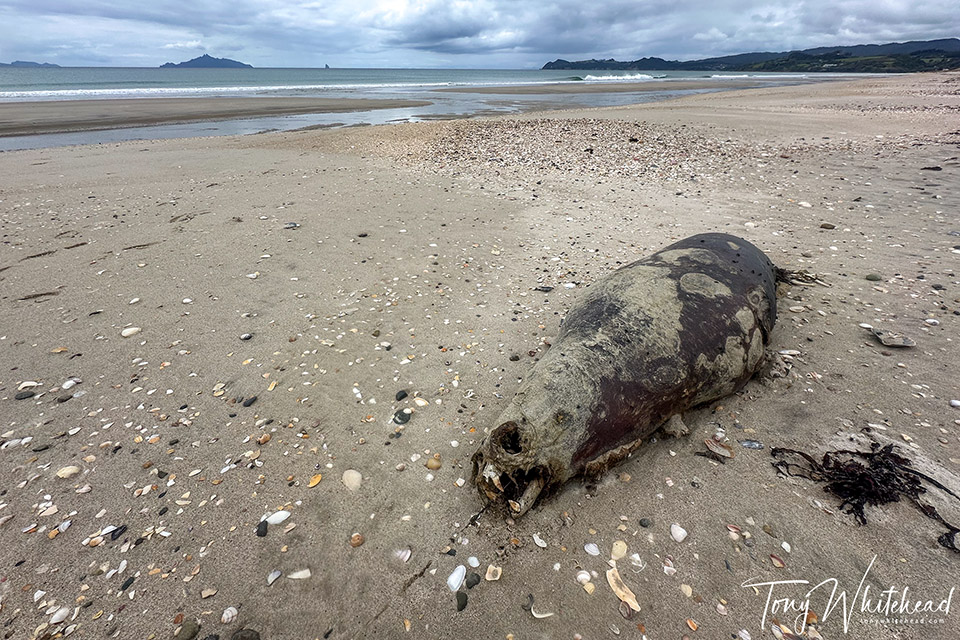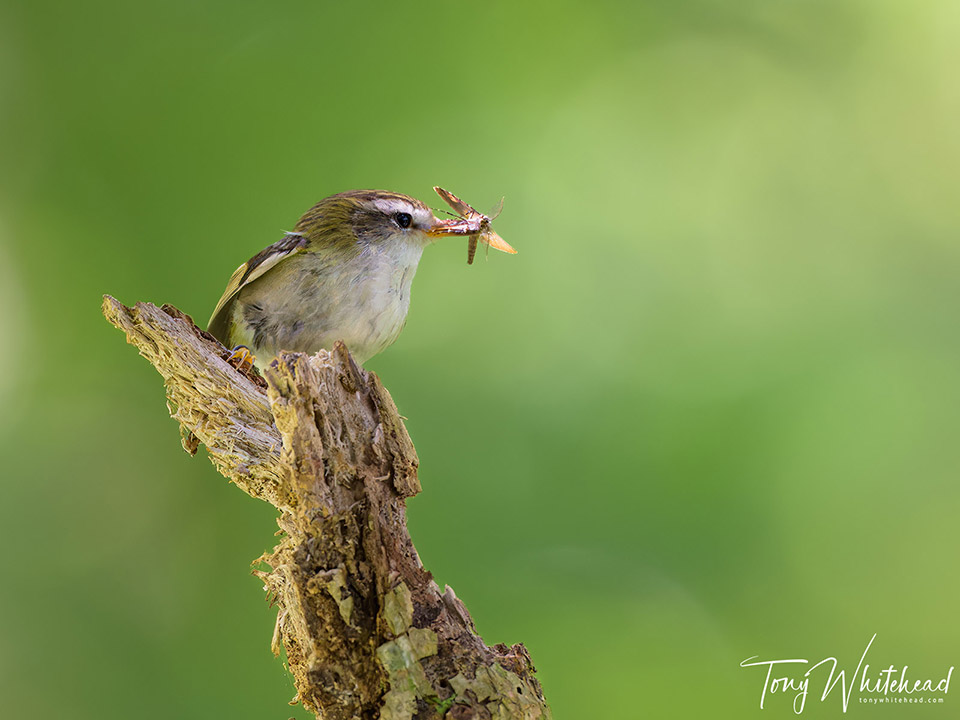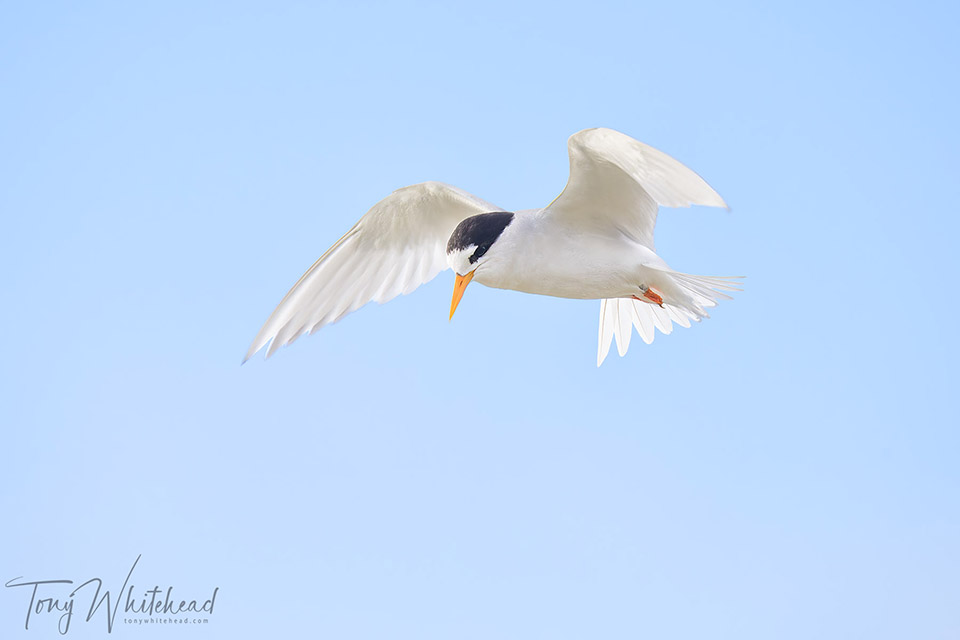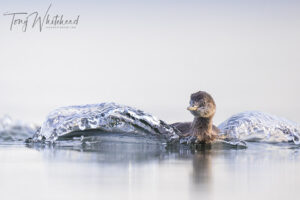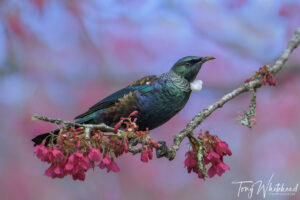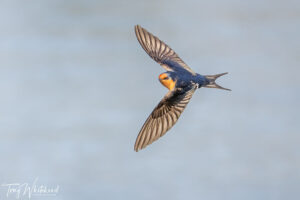I recently spent 3 weeks travelling in New Zealand and had some experiences with people and wildlife that have got me wondering. How can we get people invested in wildlife and maximise the benefits so that they really care and are prepared to make the changes to their lives that will limit human impact on our fellow non-human inhabitants of the planet? My experiences have been varied with some positive and some downright depressing. My interactions with wildlife have been entirely positive, but when humans have been added to the equation things change, sometimes for the better and sometimes not so much.
For me, time in nature, observing wildlife (especially birds) and getting to know their habits and routines enough to make good images is my happy place. There is no mileage in disturbing them so disappearing into their environment so they approach me is what I aim for. I try to take that aim of minimising disturbance further by considering the environmental impact of how I travel, what I eat and where I stay.
The negative impacts I saw on this trip varied from apparent blissful ignorance to apparent wilful damage and disturbance. As humans we like to consider ourselves intelligent but sadly that seems to come with a dose of arrogance and the assumption that we are more deserving of the planet than “lesser creatures”. Nothing sums this up better than Linnaeus’ classification of ourselves as Homo sapiens (wise man) and when in doubt we tag a second sapiens on as well!
I spent quite a bit of time on the beach photographing Tūturiwhatu/New Zealand Dotterels and especially a pair with 3 chicks that I worked with for 12 days. This was on a dog excluded beach and most people would walk past respectfully with limited disturbance. Some were aware of the chicks and some stopped to ask what I was doing and then were pleased to see the birds. A few, fortunately a minority, just walked on through the spot I had my camera trained on apparently oblivious to the birds and completely unconcerned about disturbing me and what I was engaged in. Their undeviated beach walk was far more important than anything else that was happening on the beach. Another presumably decided that the “no dogs” sign didn’t apply to their dog as there was a good track of prints well into the excluded zone.
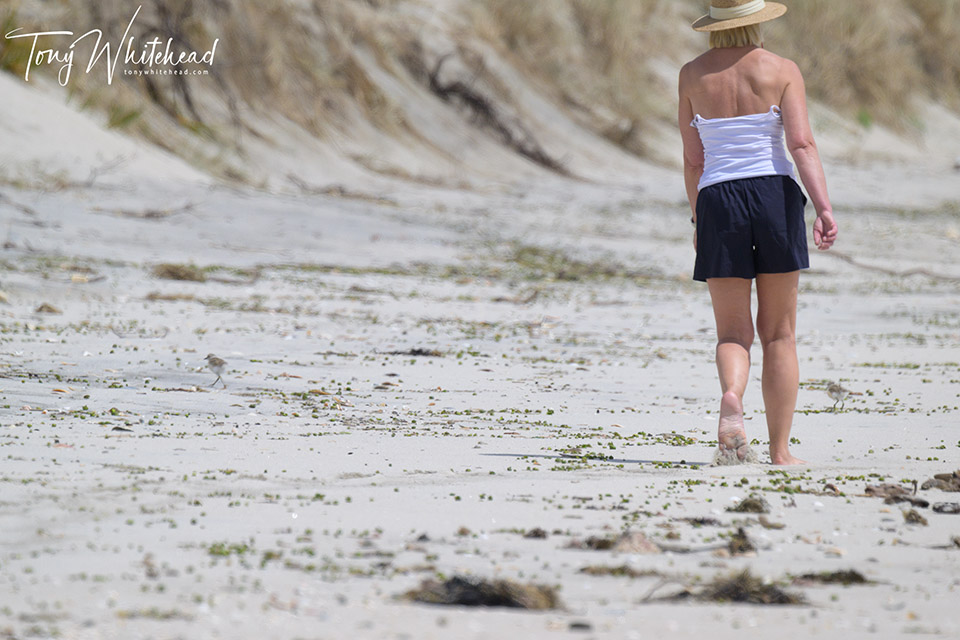
Another sad example I found on the beach was a dead adult female fur seal. Coming from her mouth was a length of approximately 15kg breaking strain nylon fishing line. This was well lodged deep inside her so the only conclusion was that she had swallowed a baited hook which had perforated her stomach causing peritonitis and a slow painful death.
It is hard to know how to mitigate this risk but these events will only increase as fur seal populations recover. My guess is that non-offset recurve circle hooks, due to their design, would pose a significantly lower risk of gut hooking as they do with fish.
The most egregious example of human impact I witnessed was in an another fragile environment. A wildlife refuge which hosts local and international migratory waders was vandalised by 2 dirtbike riders who decided to ride down a bicycle cycleway into the refuge passing a “no motorcycles” sign, break through onto the shell bank and blast up and down this protected area ripping up the beach and disturbing flocks of birds. Insensitive, ignorant arrogance is one the most embarrassing traits I see some of my species exhibit and this was one of those occasions. These are only 2 of a series of photos clearly identifying the culprits with date/time and GPS data that have been passed onto DOC for enforcement purposes.
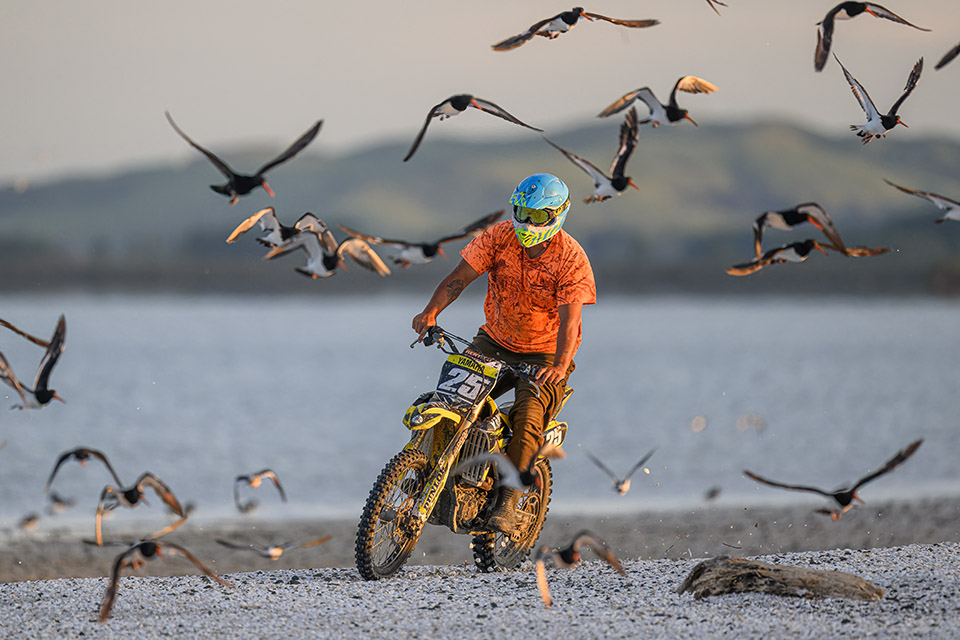
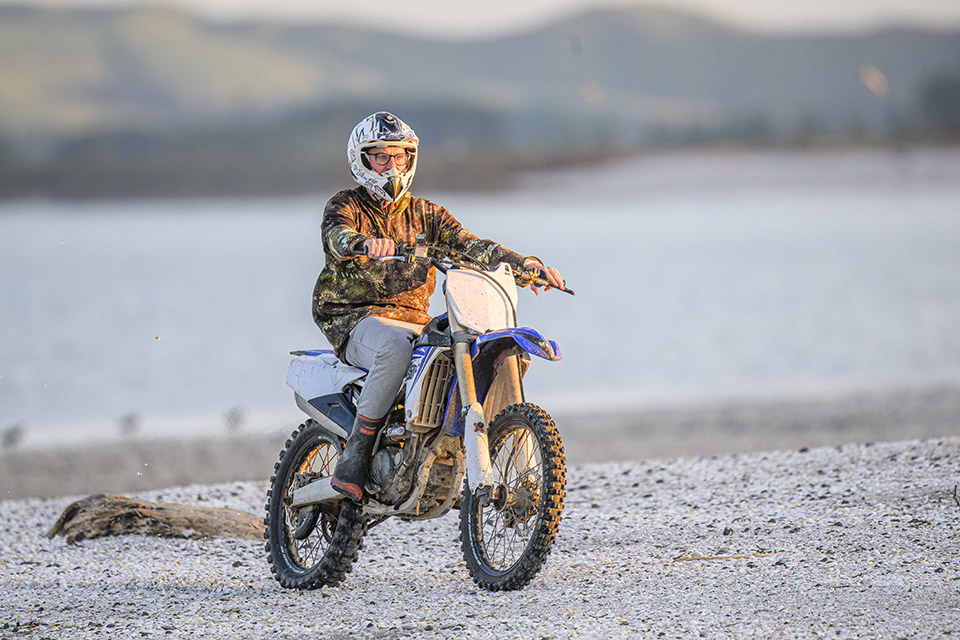
On more positive note I had a really good experience with a volunteer on Tiritiri Matingi. After completing the tracks we had planned I had an hour free while waiting for the ferry. I decided to climb back up to a spot where we had seen many Hihi/Stitchbird and a Kokako. Approaching on the board walk I saw someone sitting at the spot so hung back to avoid disturbing them. I found 2 perches with decent backgrounds and stood still for half an hour hoping for a co-operative bird. A few Hihi passed but none landed where I had hoped but I saw a tiny bird foraging and noticed it was a Titipounamou/Rifleman, the first I have seen on the island. I watched it forage for a while and it eventually landed on one of my perches, moving it’s way up to perch at the top with a moth before flying off.
I noticed the person down the track was moving about photographing and he soon headed toward me to tell me about the rifleman he had just seen. It seems the pair were foraging potentially returning to a nest and we spent a lovely time sharing the experience and our observations while photographing. It turned out that my companion was a guide who takes groups on walks around the island and was an excellent example of someone who wants to share his knowledge and enthusiasm and spread the appreciation for these rare birds. Overall a very rewarding and positive experience.
My second experience with a volunteer was less positive. Walking out to photograph Tara iti/Fairy Terns, I noticed a group of 4 people ahead of me on the track through the reserve. I caught up to them on the track as a pair of Fairy Tern flew overhead calling. My attempt at polite conversation around Fairy Terns was met with a combative “you’ll be lucky to see them at this time of day”. This despite the 2 that had flown overhead not 30 seconds prior and seen by all of us. This was followed by “we can’t help you as we don’t know what they’re doing”. Somewhat surprised, firstly, as I hadn’t asked for help and secondly, because I doubted the honesty or truth of the statement. I continued down the path for a short distance to the spot I had been working from before and spent a stunning couple of hours with the birds foraging around me.
Reflecting on this encounter it was hard not to contrast it with my Tiritiri Matangi experience. It was clear that this volunteer gave the impression that I had no right to be in a public reserve photographing “her” terns. Having spent 10 days with the birds I had a significant knowledge of their habits as well as an excellent photographic record of their bands, prey and behaviour (something you cannot achieve if disturbing them) which I would have been happy to share with someone more collaborative. I recall her from a previous encounter a few years back and it seems that the default position is that everyone is a naughty primary school child even if looking middle aged and carrying a camera. I hope that the 3 young women with her don’t absorb this unfortunate prejudged approach to people sharing a common interest in wildlife and conservation.
That brings me back to the question. How can we get people invested in wildlife and maximise the benefits? The role volunteers play is crucial but when I think of my 2 contrasting experiences I have to ask “if I were a threatened species who would I want on my side?” The volunteer who shares and encourages wonder in me and my plight or the one who cold shoulders fellow conservation minded people let alone the general public? It may be time that conservation organisations, if they don’t already, look at how they interact with the public to maximise their engagement and support. A conscious policy, education and approach of how their volunteers engage with the public could go a long way toward increasing support for their goals. The tern encounter I had wouldn’t recruit any friends or support for the cause but with a different attitude could achieve the opposite.
In a similar vein, a business that I visited in Mangawhai that promotes the terns on their website and with instore signage gave an initial positive impression. Unfortunately their customer service person was loud in her assessment of them as “stupid parents” for choosing to nest in risky areas, implying that it was their own fault that they are under threat. A bigger picture view would point the stupidity assessment elsewhere. If a business wishes to leverage the birds for their benefit it should come with staff education to avoid giving the impression of cynical exploitation of a conservation cause.
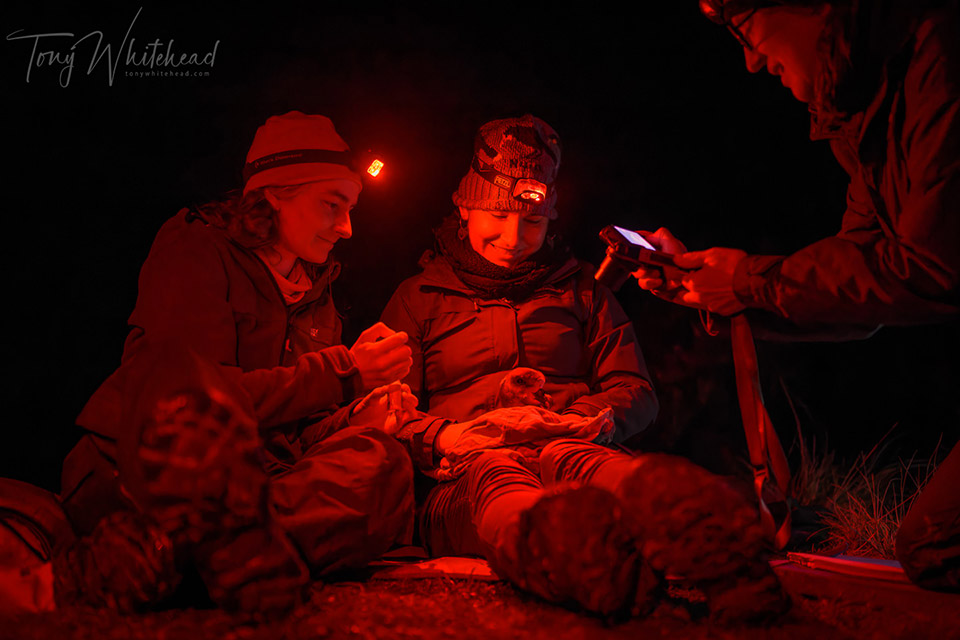
When I think about the the setup at Pūkorokoro/Miranda where passing tourists (including many cyclists on the passing cycleway) are welcomed for free to an information centre and given free education and guidance on the environment and birds. This along with the education sessions for school and other groups is the way to maximise the base of people who care and can take action. Caring and enthusiastic sharing is the way to expand the pool of caring people.
